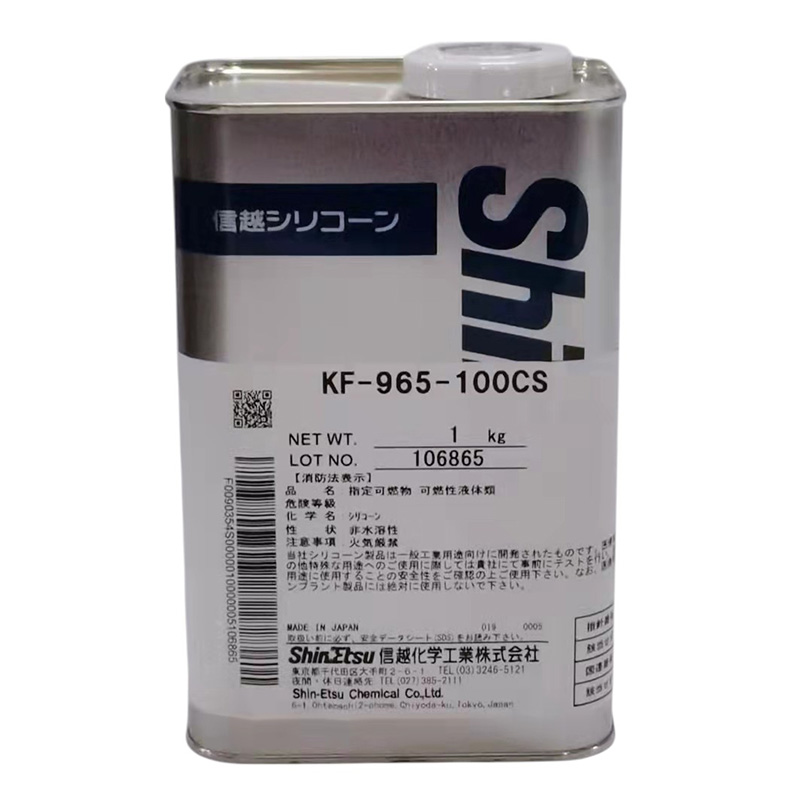How to Choose the Right Heat Transfer Fluid?
Selecting the right Heat Transfer Fluid (HTF) is a critical step for ensuring efficient, reliable, and safe operation in thermal systems. Since different industries and equipment operate under varying conditions, the choice of fluid must align with temperature range, chemical environment, and performance expectations. High-quality silicone-based products such as Shin-Etsu KF-968-100CS, kf-965-100cs, and KF-54 provide tailored solutions for diverse applications, from industrial heating to high-temperature lubrication.
Table of Contents
1. Define the Operating Temperature Range
The most important factor is the temperature range your system requires.
Moderate to High Heat: For heating media in closed systems, KF-968-100CS Dimethyl Silicone Oil maintains stability and viscosity, making it suitable for reactors, dryers, and mixers.
Extreme High Temperatures: If the system demands resistance to continuous high heat, KF-965-100CS Phenyl Silicone Oil is the better option due to its enhanced thermal endurance.
2. Evaluate Thermal Stability and Oxidation Resistance
A good heat transfer fluid should remain stable under repeated heating and cooling cycles. Silicone oils resist oxidation and degradation far better than mineral-based fluids, reducing replacement frequency and ensuring consistent performance. For lubrication-intensive environments, KF-54 Phenylmethyl Silicone Fluid offers both heat transfer and high-temperature lubrication stability.
3. Consider Viscosity and Flow Properties
The viscosity of the fluid determines how easily it circulates through pipes and heat exchangers.
Lower viscosity ensures efficient pumping and heat distribution.
Silicone oils maintain manageable viscosity even at very low or very high temperatures, ensuring smooth system operation without clogging or pressure loss.
4. Assess Compatibility with System Materials
Not all fluids are compatible with seals, gaskets, or metals. Silicone-based fluids are non-corrosive and chemically inert, which protects equipment and minimizes maintenance costs. This compatibility extends equipment lifespan and prevents unexpected failures.
5. Factor in Safety and Environmental Impact
Non-Toxicity: Silicone HTFs are safer to handle compared to petroleum-based options.
Low Volatility: Reduced risk of fire hazards at high operating temperatures.
Environmental Performance: Longer service life means less waste and lower environmental footprint.
6. Match the Fluid to Application Needs
Each system has unique requirements:
Industrial Heating: Consistent, long-lasting performance makes KF-968-100CS ideal.
Continuous High-Temperature Processing: KF-965-100CS offers resistance to breakdown in demanding operations.
Dual Role as Lubricant and Heat Transfer Medium: KF-54 provides an efficient solution for equipment exposed to both friction and heat.
Conclusion
Choosing the right heat transfer fluid requires careful evaluation of temperature range, stability, viscosity, compatibility, and safety. Silicone-based products like Shin-Etsu KF-968-100CS, KF-965-100CS, and KF-54 offer reliable solutions tailored to diverse industrial needs. By selecting the right HTF, businesses can maximize efficiency, extend equipment life, and maintain safe, cost-effective operations.




